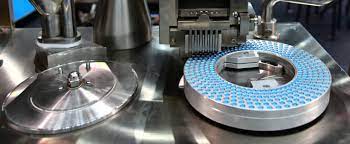



The academic community is using 2D and 3D printing more and more in the pharmaceutical industry (for medical devices and drugs), and more recently, they have begun to be used to make drugs in industry and hospitals. In 2018, a hospital pharmacy in Great Britain conducted the first clinical study using drugs that were 3D printed. One of the tools for a more personalised approach to medicine is 2D-3D printing, with additive printing techniques enabling the creation of polypills—tabs holding multiple medications—and the creation of specially formulated drugs with modified half-lives. This strategy might enable safer manufacturing and greater acceptance of the final product. Highlighting pertinent printing technologies for use in hospital pharmacies is the goal of this effort.
All accepted abstracts will be published in respective Allied Academies Journals.
Abstracts will be provided with Digital Object Identifier by
